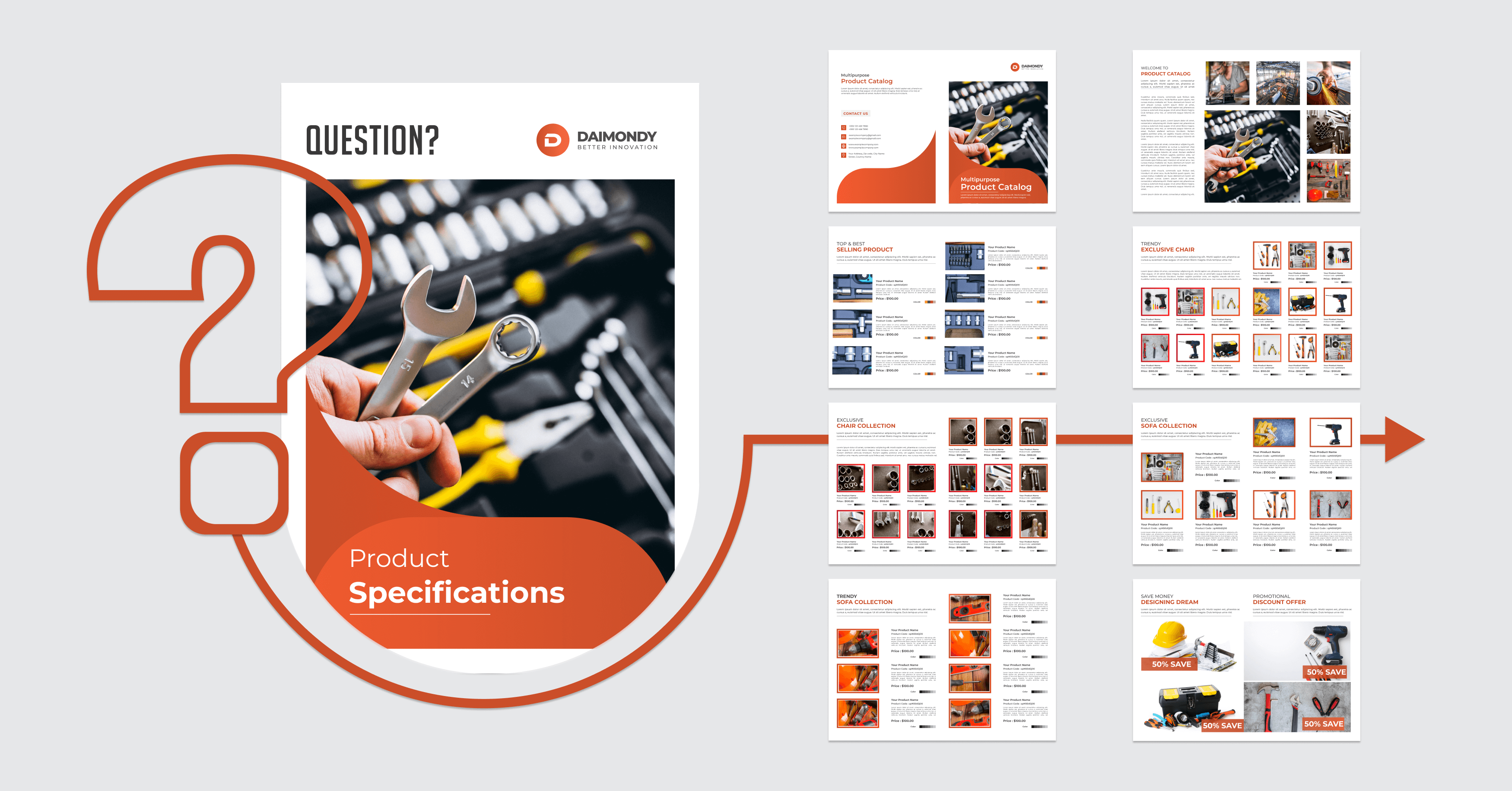A Product Information Management tool is no longer a luxury but a necessity for businesses, particularly those with e-Commerce websites. This is not just another post about the numerous benefits that come with a PIM, but about the things you need to know before you invest in it to avoid some common pitfalls.
When making an investment in a Product Information Management (PIM) tool there are numerous factors to consider. Whether it’s DCKAP PIM or other solutions, there are some key, often overlooked, internal challenges that must be addressed prior to PIM implementation or the risk of failure grows.
In my 20+ years in digital/e-Commerce leadership, I’ve seen the following internal issues send PIM implementations sideways or worse. Addressing them early can save a lot of headaches later on.
Managing Expectations
A PIM is not a panacea. It’s a powerful tool that when done right can grow your business while eliminating inefficiencies.
Gaining Buy-In
Your internal constituents across the business, and the world, need to be invested in the PIM’s success.
Clearly Identifying Roles and Responsibilities
A sure way to turn a PIM into an under-leveraged investment is to go into the project with no clear understanding of who owns what and neglect ensuring if those people have the necessary bandwidth.
Addressing your product data issues head-on
If prior to a PIM, you have been cobbling product data together on an as-needed basis you likely have inaccurate, incomplete, or inconsistent data on your various channels.
The good news in all this is that by addressing these challenges upfront, your implementation should be smooth and your business will enjoy greater efficiencies and revenue growth virtually from day 1. I’ll explore each of these potential issues below.
Contents
Your Expectations from a PIM
I’m not going to get into all the benefits a PIM can bring. I’m assuming you understand that by the time that you are researching PIMs. It’s likely at this point you are a true believer in the power of PIM and have been an internal advocate for the importance of a great Product Information Management tool.
This is where you need to be careful. Your co-workers, especially senior management, will likely be thinking some version of the following as you pitch a PIM: “This is great! We can set it and forget it and move on to growing the business with the freed-up resources.” They might even be thinking of savings they can gain by reducing headcount.
While freeing up resources and potentially lowering headcount are certainly potential benefits of a PIM, it will not happen on its own. As the project owner or sponsor, you need to make sure that your leadership and senior management understand a PIM is like a garden. It can produce amazing results, but someone is going to have to pull the weeds, fertilize the plants and water regularly (don’t’ water your PIM) or bad things will start happening.
Gaining buy-in for a PIM
This part is particularly important for large, geographically dispersed companies. I’ve seen it happen more than once. The well-meaning folks at headquarters embark on a PIM project by gathering requirements all from the same part of the business. Everyone has the same perspective so it feels like everyone is on board.
Then months, or even years, later other divisions or geographies are looped in. These people may not ever have even known what a PIM is, never mind its benefits. If these organizations are not in the loop early on and fully invested in the PIM’s success there is a strong potential to see the PIM as an “unfunded mandate” from the mothership where the local folks are supposed to shoehorn their product info into an already mature PIM.
You don’t want to be the product owner when this happens. It can lead to years of slogging forward, wasted efforts, and the PIM never being a priority outside of HQ.
Smaller organizations should have less of a challenge here, but the risks are the same. If a key stakeholder is dug in and resistant for whatever reason, your project will be less impactful than what you committed to and you will burn up time filling holes.
PIM Roles and Responsibilities
If your organization is like the many medium to large companies, your sales, customer service, and product management teams spend a large percentage of their time tracking down and answering product questions that the website should answer. As a result, a product manager, for example, will emphatically resist any effort to add what sounds like more work to his or her plate. They are already over-stretched and simply don’t have the time.
In organizations like this, the importance of buy-in doesn’t stop at the senior level. Folks on the ground must see the potential to make their jobs easier while selling more of what they manage.
It doesn’t have to be this way, but in most organizations ownership of the PIM product, data will fall to product management. Having worked closely with product managers, sales reps, and CSRs in the past, many have the tendency to relate to products by SKU number and the product name.
While SKUs and names are obviously important, a PIM should force product managers to think of a product as a unique mix of attributes that define that product. Your best Product Managers likely already think this way.
Prior to a PIM you likely have product data housed all over the place. Oftentimes there is nobody in the company who knows all the locations. It may be in ERP, CRM, CMSs, partner portals, 3rd-party e-tailers, or even spreadsheets and local documents or on a long-erased whiteboard.
When this happens, “I don’t own that” can become an unofficial company motto that has a corrosive effect that is only noticeable when things start to fall apart. A properly implemented and maintained PIM can solve all that.
Organizing data for a PIM
In many organizations, it’s a given that product data is sub-standard. Ad-hoc, reactive systems form over time to work around the issues when an issue arises.
A PIM requires your data to be structured in a way that may not otherwise exist in the form of taxonomy, schema, and product attributes. Using my earlier metaphor, the structure of product information can be looked at like a garden.
The taxonomy would be vegetables, flowers, herbs, etc. The schema would be tomatoes, cucumbers, peas, corn, etc. You may have multiple kinds of tomatoes and the difference between them are their attributes. They all share the Vegetable and Tomato attribute. Yes, I know tomatoes are fruit, but we are trying to organize things in a way that a customer would.
What makes each tomato different are attributes like Color, Size, Volume, Taste, etc. Through this lens, the water used to hydrate the garden is two parts hydrogen and one part oxygen. Any other combination on earth would make that water something else. Attributes should work that way. A collection of attributes (called attribute groups) should define one product and no others.
A product may be shown on the website in multiple locations; tomatoes in fruits and vegetables, perhaps. But the attribute combos that define a product have to be unique to that product or you haven’t gone far enough.
Multiple products can share most attributes but have one or a few differentiating values. Color is an attribute that often is a variable used to distinguish each product in a family of products.
If your data isn’t already structured this way, there’s no time like the present to get working on it. The result will be that when your PIM is implemented — pulling data from multiple sources and publishing it out to multiple channels — the products presented in your online store will be clean and accurately represented. To update or add new products will be a snap, as you will have defined all the attributes needed for a product belonging to a particular spot in the schema.
And that’s where the time savings and efficiency come in. When your data is housed in multiple CMSs, ERP, CRMs, etc every time a value is changed or a new product is introduced it’s exponentially more work, and the risk of errors or omissions grows similarly.
At DCKAP we can help you manage the challenges above from pitching the need for a PIM to organizing your data. And a DCKAP PIM implementation will be managed technically by our team of product experts. Just be ready to go and we’ll take it from there!




